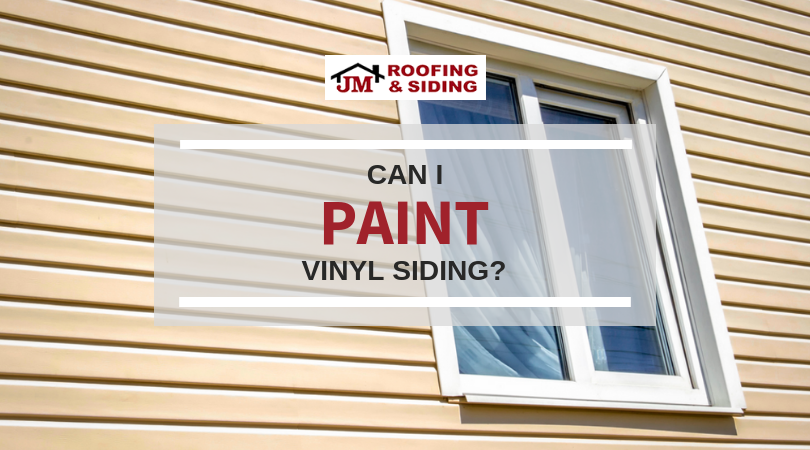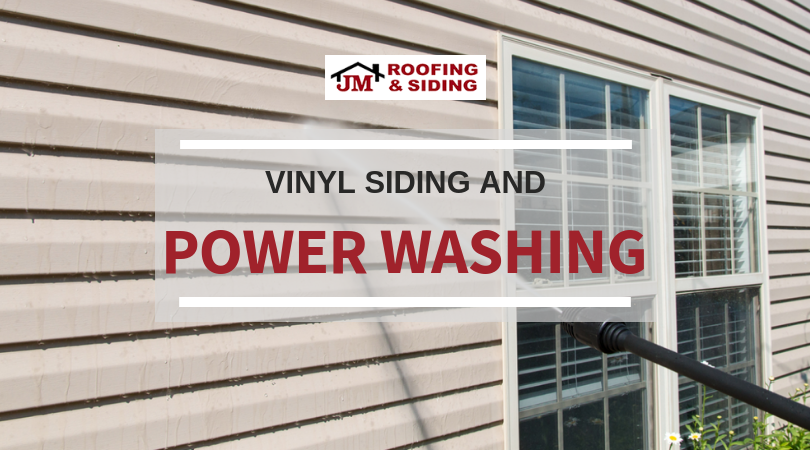This time of year, you can rarely drive down the street without seeing houses adorned in fake spider webs, carved pumpkins, and giant inflatable monsters. If you want to make your house the most festive on the block, make sure you take advantage of these ideas for decorating your home for Halloween.
Hiding Behind the Trees
Buy a few sets of skeleton hands or make some out of clay and molds and attach them to the tree trucks around your home. This way, it will look as if something scary is hiding behind the tree ready to come out and grab you!
DIY Graveyard
Pick up some foam or styrofoam boards from your local craft store, paint them gray, and spray a weatherproof sealant over them to create tombstones. Insert wood rods through them and stick them in the ground to create a spooky graveyard on your lawn.
Floating Witch Hats
Get a few costume witch hats and some battery-pack-operated lights. Attach the lights to the inside of the hats and use fishing line or clear wire to hang the hats from tree limbs.
Monster Door
Vertically attach green, black, purple, and white streamers to the top of your front door to create hair, and tape a streamer horizontally lower down on the door to create a mouth. Color paper plates to make scary eyes and two more pieces of streamers to make angry eyebrows. Ta-da, your front door is a monster waiting to welcome trick-or-treaters.
To keep your home’s exterior beautiful year-round, call the experts at JM Roofing & Siding today! The siding our experts install will protect your home, save energy, improve the appearance and enhance the value of your property.
Contact JM Roofing & Siding today!










